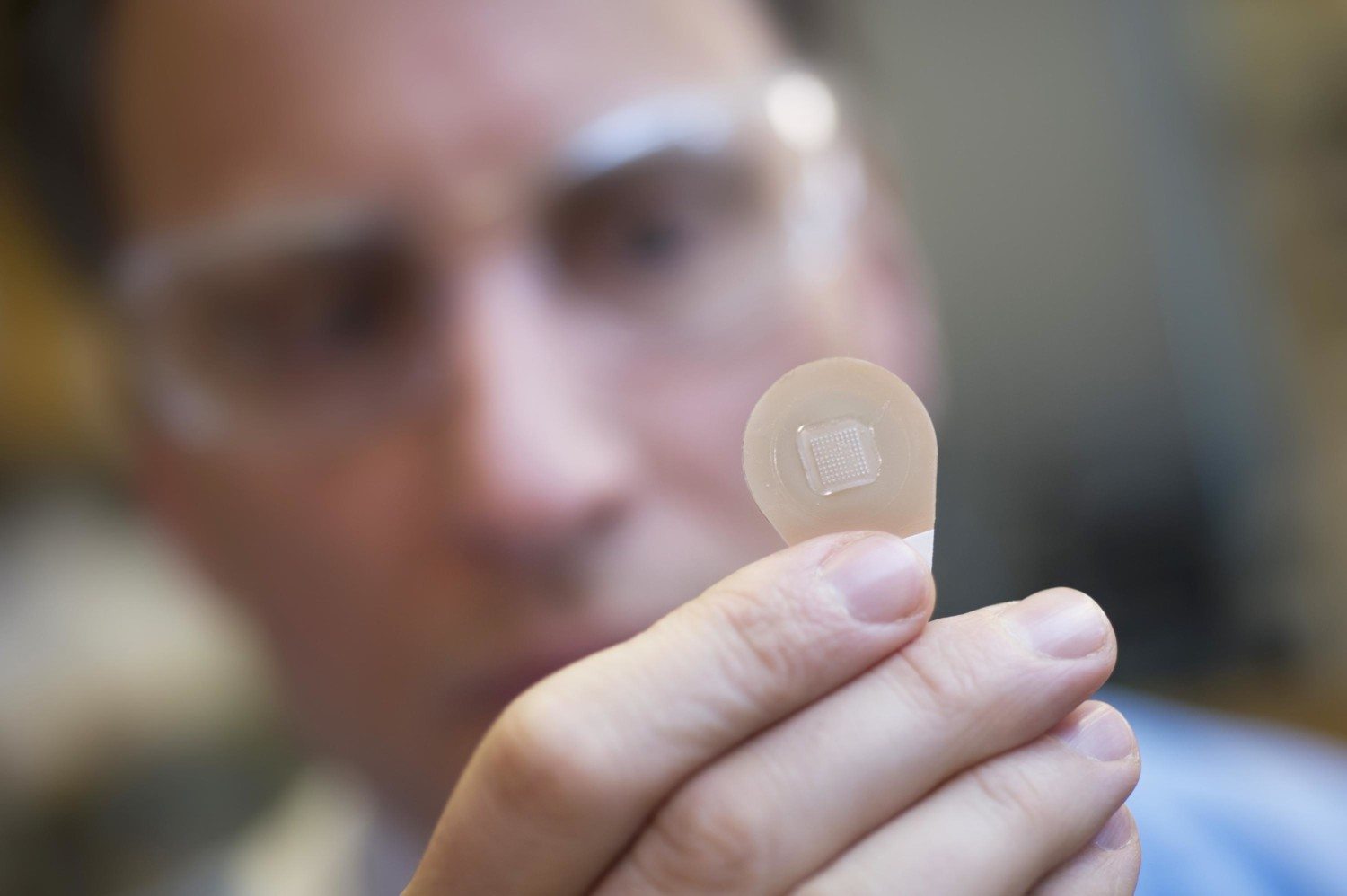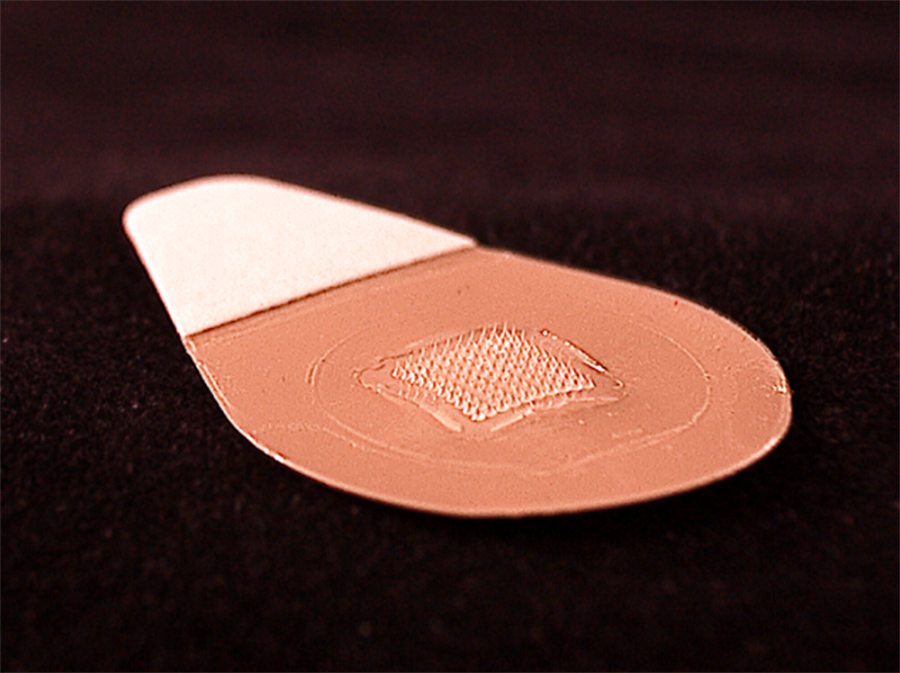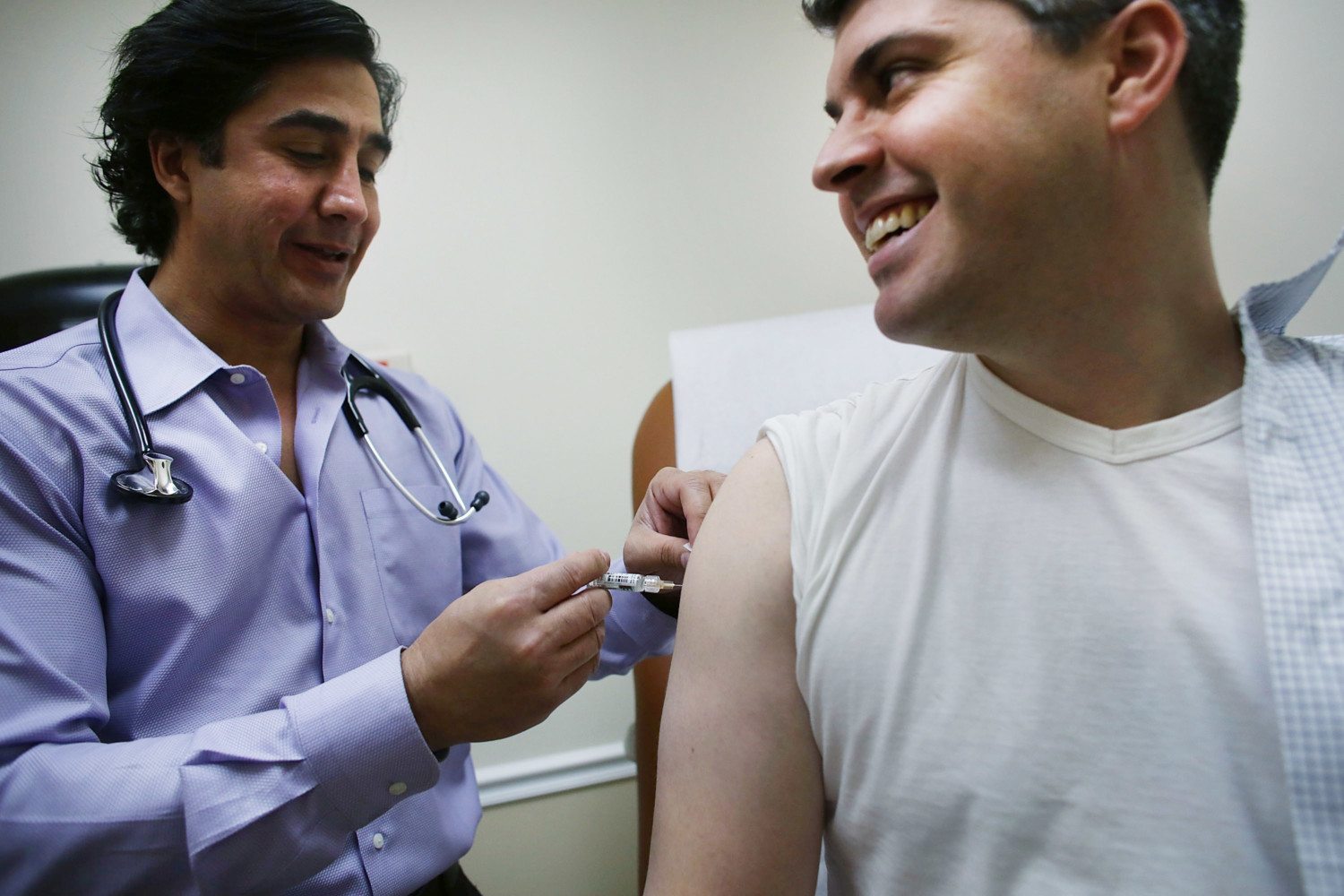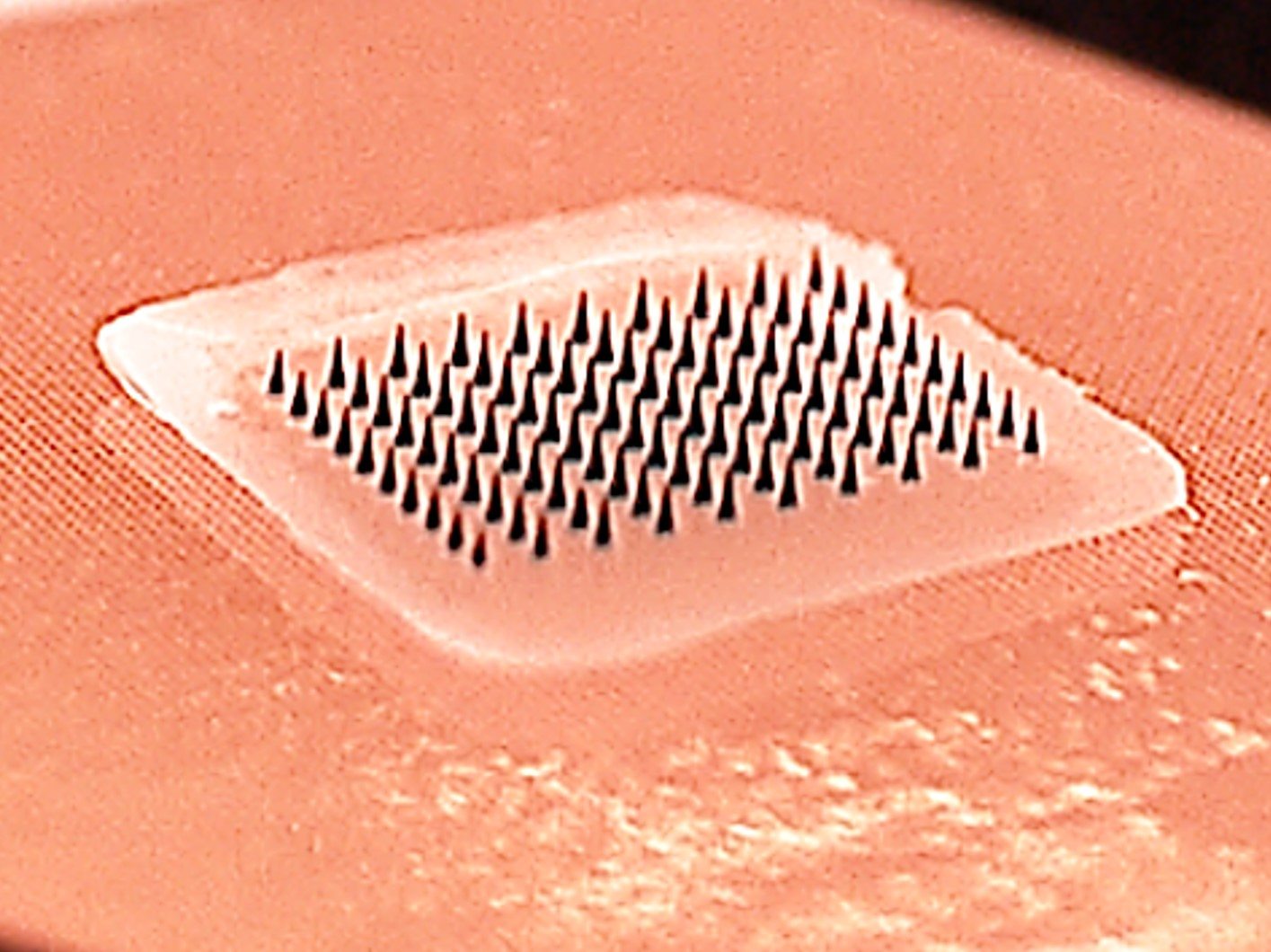These patches could replace flu shots
Getting a flu shot typically requires a needle and a health professional to administer it. Those are just two of the excuses people use to not get a flu shot each year. Why do it when it’s such a hassle?
Thanks to a team of researchers led by Georgia Tech engineer Mark Prausnitz, getting a vaccine to protect against the flu could soon become so much easier. The group invented a patch that uses tiny “microneedles” to give patients protection from the flu virus.
[arve url=”https://www.youtube.com/watch?v=msS04cMF8l0″ /]
Despite the anti-shot attitude many people have, it’s still recommended by the Centers for Disease Control that a vaccination be administered each flu season. This is great news for quite a few reasons.
Of course, it means no more shots. But besides getting to avoid the long metal needle, there are other perks. The patches can technically be self-administered, as proven by a test group in the study. And the patches might help vaccinate people who don’t typically have access to the traditional shots. That means increased protection for a large segment of people—and hopefully a healthier flu seasons for all of us.
According to the CDC, only 41 percent of adults in the U.S. received the flu shot by November for the 2016-2017 flu season.
But the creators of the patch are hoping this new pain-free method of receiving the vaccine will increase the amount of people who get one.
“These early findings suggest the emergence of a promising new option for seasonal vaccination,” wrote Katja Hoschler and Maria Zambon of Public Health England in a commentary that accompanied the study.
The patch looks like nothing more than a band-aid, but it houses 100 microneedles that hold vaccines for three strains of flu. It can be applied near your wrist, worn for 20 minutes and then removed. Simple and pain-free.
The study did show that some patients had mild skin reactions to the patch, but all other findings proved this method was just as effective as receiving a traditional shot.
Would you prefer to have a flu patch rather than a flu shot? We imagine for many people the answer is a resounding yes. So, here’s to hoping this new option becomes available in time for the next flu season!










